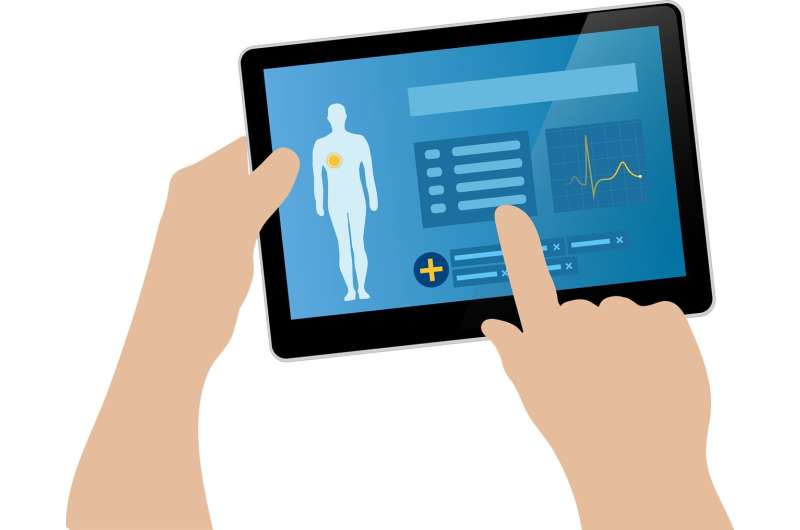
New research presented May 4 at the American Psychiatric Association’s Annual Meeting reveals that patients who are older, female, or of color and have an opioid use disorder are more likely to experience stigma and bias from a health care professional when seeking treatment.
Studies have found high prevalence of bias and stigma in the U.S. health care system. Bias refers to a “personal and sometimes unreasoned judgment,” akin to prejudice, while stigma is defined as “a set of negative and unfair beliefs that a society or group of people have about something.”
Bias and stigma can be experienced and communicated in many ways, including the language used by clinicians in encounter notes in electronic health records (EHRs). Stigmatizing language (SL) can discourage people from seeking help for medical disorders, whereas person-first language, avoiding stigmatizing terms like “addict” and “abuse,” and individualizing people helps to defeat stigma.
A team of researchers at Weill Cornell Medicine set out to investigate the use of SL in clinical notes of patients with a diagnosis of opioid use disorder (OUD).
Researchers studied a list of terms and phrases from the National Institute of Drug Abuse (NIDA) that assign negative labels, stereotypes, and judgment to individuals with substance use disorders.
This list was used by the team to develop their own appropriate lexicon for each stigmatizing term or phrase and implement an automated natural language processing (NLP) system to identify the use of such language from patient encounter notes.
They then processed nearly 1 million notes for 2,700 patients diagnosed with OUD between 2010 and 2023 at a major academic medical center in New York City.
Their analysis showed that notes authored by mental health professionals had a lower prevalence of SL compared to other clinical specialties. However, older, female, Black, or Hispanic patients with OUD had higher incidences of SL in their encounter notes. The data also suggest that encounter notes authored by female clinicians and social workers tended to use more SL.
“This study highlights the extent to which stigma and structural bias continue to exist in the US health care system and the need for modeling best practices to address these issues,” said the study’s co-presenters, Jyotishman Pathak and Prakash Adekkanattu.
“This is an opportunity where artificial intelligence (AI)-based NLP systems can offer significant benefits in assistance with non-stigmatizing and culturally sensitive clinical documentation. Such AI solutions can also be used to facilitate provider training,” the authors added.
The authors conclude that more awareness and education is needed on what stigmatizing language looks like in clinical documentation as well as best practices for decreasing stigma and bias in the clinical setting.
Citation:
More stigmatizing language found in clinical notes for older, female, or patients of color with opioid use disorder (2024, May 6)
stigmatizing-language-clinical-older-female.html
.
. The content is provided for information purposes only.
